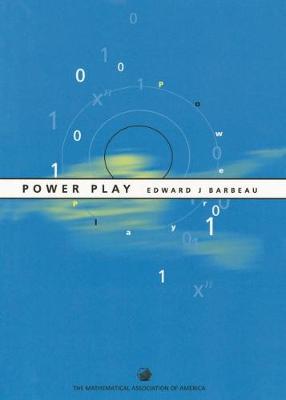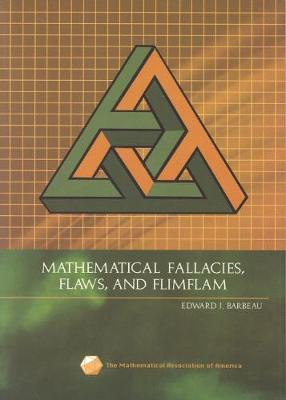Spectrum
4 total works
Five Hundred Mathematical Challenges
by Edward J. Barbeau, Murray S. Klamkin, and William O J Moser
Published 24 July 1997
This book contains 500 problems that range over a wide spectrum of mathematics and of levels of difficulty. Some are simple mathematical puzzlers while others are serious problems at the Olympiad level. Students of all levels of interest and ability will be entertained by the book. For many problems, more than one solution is supplied so that students can compare the elegance and efficiency of different mathematical approaches. A special mathematical toolchest summarizes the results and techniques needed by competition-level students. Teachers will find the book useful, both for encouraging their students and for their own pleasure. Some of the problems can be used to provide a little spice in the regular curriculum by demonstrating the power of very basic techniques. The problems were first published as a series of problem booklets almost twenty years ago. They have stood the test of time and the demand for them has been steady. Their publication in book form is long overdue.
Mistakes in mathematical reasoning can range from outlandish blunders to deep and subtle oversights that evade even the most watchful eye. This book represents the second collection of such errors to be compiled by Edward Barbeau. Like Barbeau's previous book, Mathematical Fallacies, Flaws and Flimflam, material is drawn from a variety of sources including the work of students, textbooks, the media, and even professional mathematicians. The errors presented here serve both to entertain, and to emphasise the need to subject even the most 'obvious' assertions to rigorous scrutiny, as intuition and facile reasoning can often be misleading. Each item is carefully analysed and the source of the error is exposed. All students and teachers of mathematics, from school to university level, will find this book both enlightening and entertaining.
This book is a country walk through the magical world of numbers. Most people will have recognised some of the fascinating patterns exhibited by many numbers; some of these indicate a deep and complex structure which is revealed in this book in a way that is accessible to all, from amateur to expert. The author focusses on powers of numbers, which have been studied from the time of Pythagoras until the present day, with the proof of Fermat's Last Theorem. Indeed some of the results described by the author were only established quite recently, giving the book a very contemporary flavour. In sum, this will make a stimulating resource for teachers of mathematics, and will be as well a fund of knowledge for amateurs.
Through hard experience mathematicians have learned to subject even the most 'evident' assertions to rigorous scrutiny, as intuition and facile reasoning can often be misleading. However, errors can slip past the most watchful eye, they are often subtle and difficult to detect; but when found they can teach us a lot and can present a real challenge to straighten out. This book collects together a mass of such errors, drawn from the work of students, textbooks, and the media, as well as from professional mathematicians themselves. Each of these items is carefully analysed and the source of the error is exposed. All serious students of mathematics will find this book both enlightening and entertaining.


